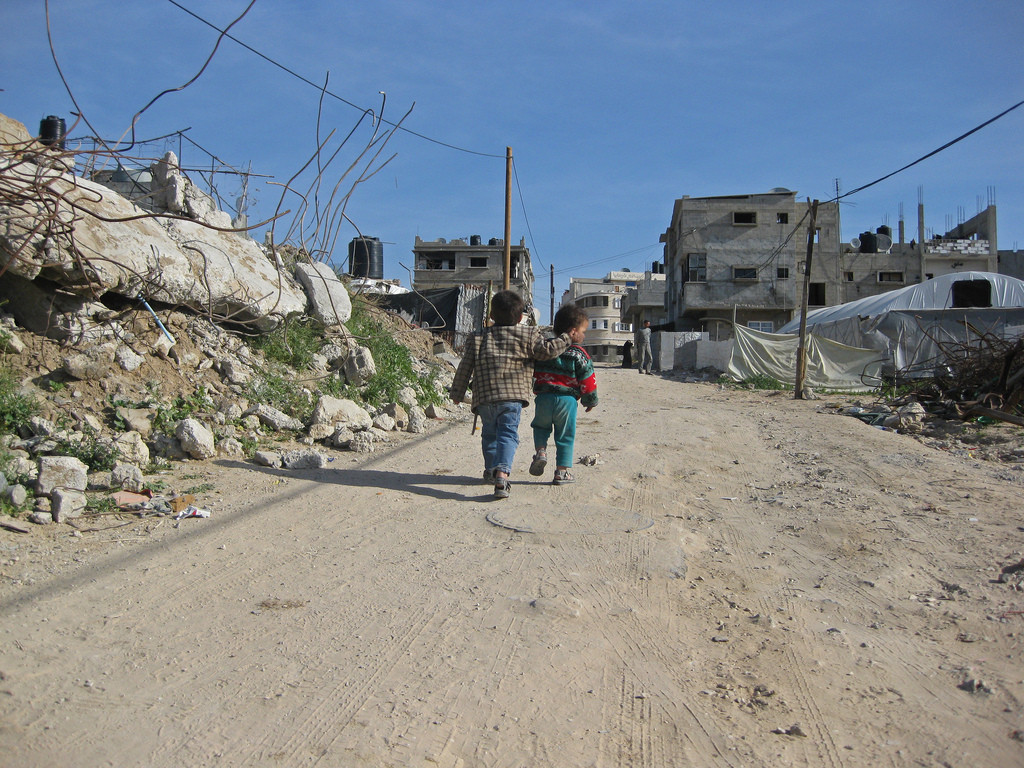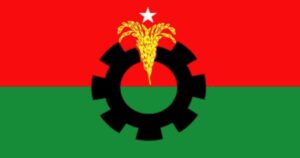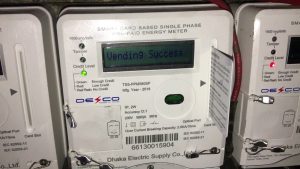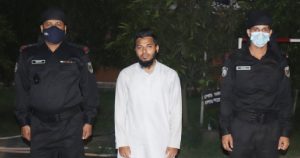by Franck Bousquet
I had the opportunity recently to participate in the Third Edition of the World Reconstruction Conference, where I was reminded once again of a sobering reality – that we live in an increasingly interconnected world where multiple crises overlap in complex ways, from the impacts of climate change to a spike in violent conflict, historically high levels of forced displacement, and the worst famine in 70 years.

At the same time, I was encouraged by how the international community is coming together, breaking silos to forge a comprehensive response. While the Conference focused on the role of post-crisis recovery and reconstruction for resilience building and disaster risk reduction, partners recognized the complexity of this effort. The joint communique noted that conflict and fragility require special attention as it can aggravate the impact of natural disasters and make the recovery process more challenging.
This shared understanding of the fragility landscape and a commitment for collective action is critical as we work to address this enormous challenge. This month, as I take up my new position at the World Bank as the senior director for the Fragility, Conflict and Violence (FCV) Group, the need for us to engage with partners across humanitarian-development-peace-security communities is very high on my mind. To help countries build resilience and foster stability, we must work in complementary ways to do more, and do better.
For example, I represented the World Bank at the United Nations Security Council last month, to discuss how we are expanding our response to the ongoing famine crisis in Somalia, Sudan, Nigeria and Yemen with UN partners as well as international NGOs such as the International Committee for the Red Cross. Famine is a humanitarian crisis, but it is a development concern as well, given that there are long term effects on the health, learning ability and earning capacity of people, especially of children. As a development institution, we have a role to play, working with our humanitarian partners from the very beginning.
Given that 80% of humanitarian need is driven by conflict, we also have a shared commitment with our partners to focus on prevention and acting early. This is at the heart of the World Bank’s strategic approach to tackle fragility, conflict and violence, which emphasizes prevention across low- to middle-income countries. We are currently working on a major joint study with the UN on preventing violent conflict and the role of development, to inform our work going forward. The key message here is that prevention is possible, and it pays: Analysis shows that every dollar invested in efforts to build peace and prevent violence would save 16 dollars in costs of conflict over the long run.
This month, we also begin implementing commitments under the 18th replenishment of the International Development Association (IDA) – the Bank’s fund for the poorest – which makes reducing the risk of fragility and conflict a top priority. Total funding for countries in fragile situations will double to more than $14 billion, with new financing mechanisms to help refugees and host communities ($2 billion), and spur private enterprise ($2.5 billion). It also features innovations such as the fragility, conflict and violence risk mitigation regime as an instrument to provide dedicated and additional resources to support prevention.
Such innovations in financing are critical to support a diverse group of countries in various contexts of fragility. For example, middle-income countries currently host roughly six million refugees, yet they struggle to access financing at concessional interest rates. This makes it difficult for them to afford the costs of managing a large and sudden influx of people, as we saw in Lebanon and Jordan amidst the Syrian refugee crisis. In response, we worked with the United Nations, multilateral development banks, and bilateral partners to create the Global Concessional Financing Facility, to bridge the gap in humanitarian and development assistance. In one year, the Facility has unlocked US$1 billion in concessional financing to support refugees and host communities in Jordan and Lebanon, and we hope to support other middle-income host countries in the future.
Over the years at the World Bank, I’ve had the privilege to help countries primarily in the Middle East and North Africa and Africa regions, focusing on resilience and reconstruction issues. My goal throughout has been the same – to make a difference in the lives of the people on the ground. As the Bank expands and deepens our engagement to address fragility, conflict and violence, I look forward to working with colleagues across the institution as well as our partners to support development for peace, to make our common commitment a reality. – World Bank blog




